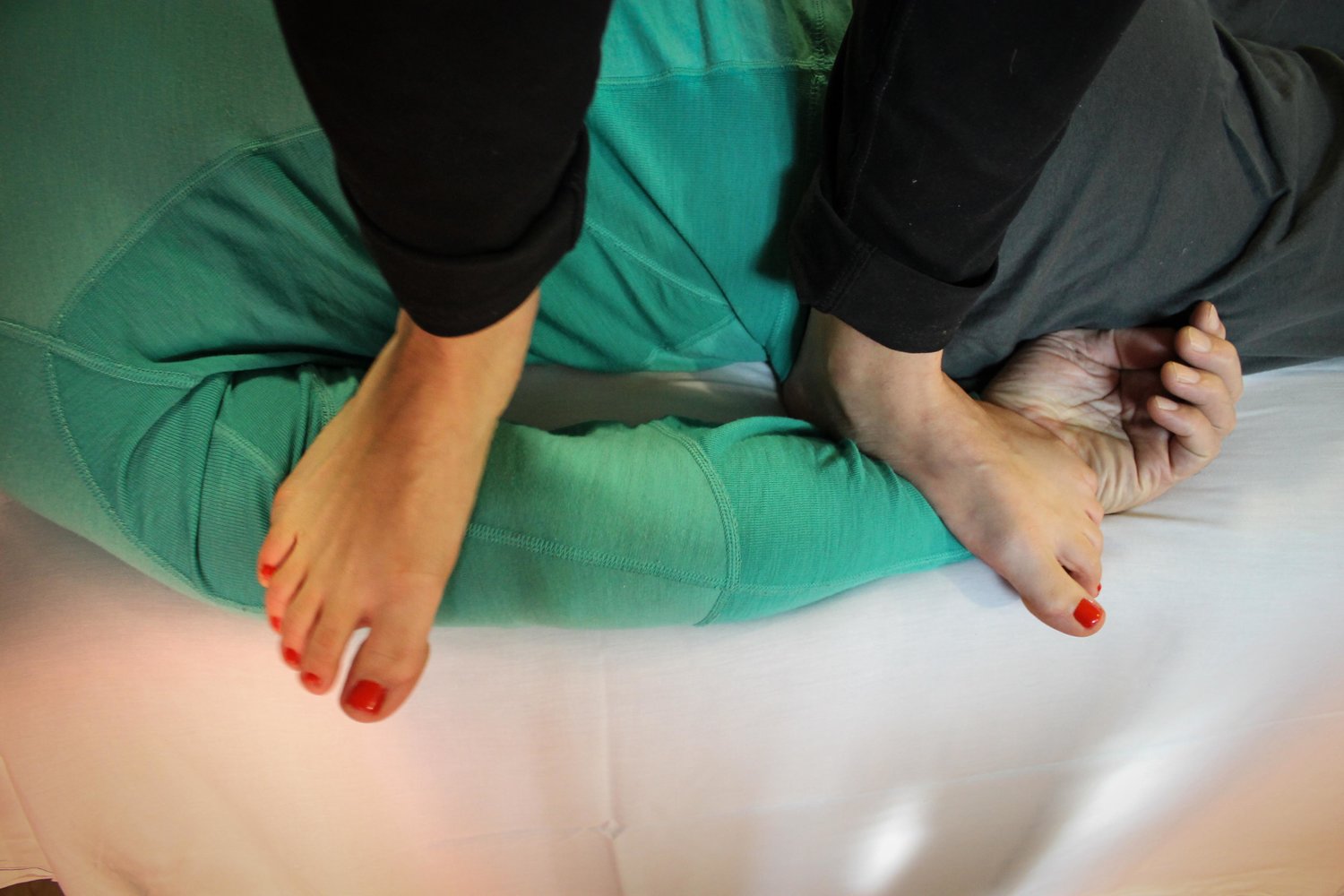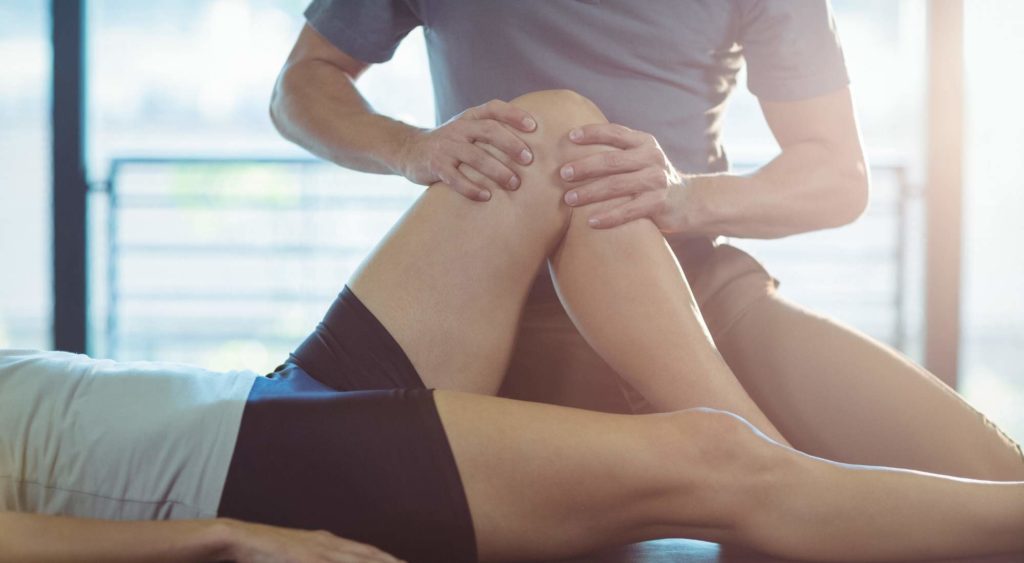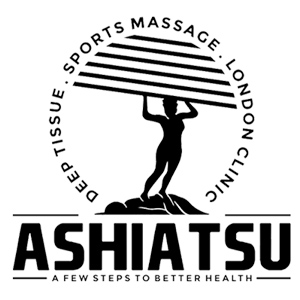Sports massage is helpful for athletes at any point in their training routine. Anyone who works out can benefit from it because it can help them become more flexible, avoid injuries, and get better after a sports injury.
Sports massage is a type of massage to treat sports and athletics injuries. It is not a relaxing massage; most of the time, it is quite hard. It works by loosening tight muscles, waking sleepy muscles, and improving soft tissue.
Sports massage relieves stress and tension that can build up in the body’s soft tissues during exercise. Numerous applications exist for this style of massage, including:
- Improve your endurance
- Better performance lowers the chance of getting hurt and shortens the time it takes to heal from an injury.
What does a sports massage involve?
The massage therapist will want to know about your health and lifestyle before starting. Towels and the massage table will be wrapped around you to keep you warm and private as you relax. When they massage your skin, they will most likely use lotions or oils to help make the process more comfortable for you.
There is no one method for performing a sports massage; rather, the method used will vary based on the individual’s fitness level, the nature of their ailment, and other factors. It uses techniques from physiotherapy and osteopathy, two different fields of work.

Techniques include:
- You must lock and stretch the muscles and tissues to release soft tissue.
- A neuromuscular strategy that works on trigger points in the nervous system can help relieve pain and stress.
- Positional release is a way to loosen up tight muscles.
- Fascial release is rubbing the connective tissues around the muscles deeply and gently.
For your therapist to accurately read how your body is experiencing, they will want you to talk to them frequently, get up, and move around. During a sports massage, you might feel a little bit of pain. Tell your therapist every time you’re in pain.
When you get a sports massage, what happens?
During your first visit, massage therapist will talk with you for a few minutes about your current health, how you live, and any important parts of your medical history. Instead of giving you a full-body massage, our therapist will usually focus on your problem areas, such as a frozen shoulder or tight hamstrings.
In good sports massage basic and advanced deep tissue massage techniques improve lymph and blood flow in good sports massage. Trigger point therapy is also used to eliminate muscle adhesions or knots to improve the range of motion. Combining these methods can speed up your recovery by getting more blood to your tired muscles. Also, it helps move lymph fluids and interstitial fluids through the body, which are both important for good health.
What do you think and feel?
Even though sports massage is similar to deep tissue massage, the therapists may use different techniques depending on what you want to achieve.
Effleurage is a massage that moves blood away from a certain spot. They move their palms in a certain way over the area.
In petrissage, the thumbs, elbows, and knuckles are all used. The kneading motion of the therapist adds to the compression and pressure. They may also put pressure on the spot they want to change.
Friction: This is used on old wounds to speed up the healing of scar tissue. The therapist will make sure that the pressure gets into the tissues deeply.
A good sports massage doesn’t have to hurt to work. On the other hand, if you are in too much pain, your body will go into reflex mode as you get ready for the therapist to move. As this happens more often, the massage will not work as well. We need to chill out. If you’re in pain, you should tell your therapist right away.

Also, don’t forget that the session is up to you. Since you will be paying the therapist and they will be working on your body, you have the right to voice your concerns. But you should know that pain and discomfort are not the same things. It’s normal to feel uncomfortable, but you should let the therapist know if you start to hurt.
The therapist will know how much pressure is needed to meet the needs of your particular set of muscles.
It is very typical and natural to have soreness after a sports massage. Don’t be afraid or try to do something else to avoid the pain. Please note the places that hurt so your massage therapist can pay more attention to them the next time you go. After 12 hours, the pain also goes away on its own. Some people might need to wait as long as 48 hours. Don’t worry if it’s still been less than two days.
What sports massage does to tired muscles?
Many studies on different sports have found that sports massage makes muscles feel less tired. Even though this finding goes against what other studies have found, researchers in one study found evidence that sports massage may help relieve pain caused by tired muscles.
Conclusion:
Athletes can get a lot out of sports massage, including a shorter recovery time, more flexibility and range of motion, and a lower chance of getting hurt. Studies have repeatedly shown that sports massage has no direct effect on performance. Please get in touch with us if you require more information about Sports Massage Hackney.


